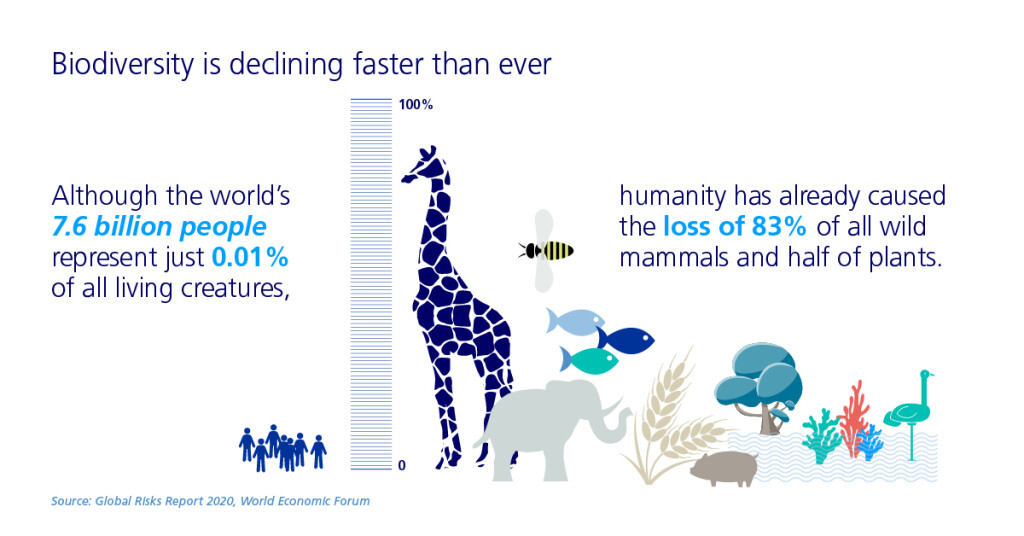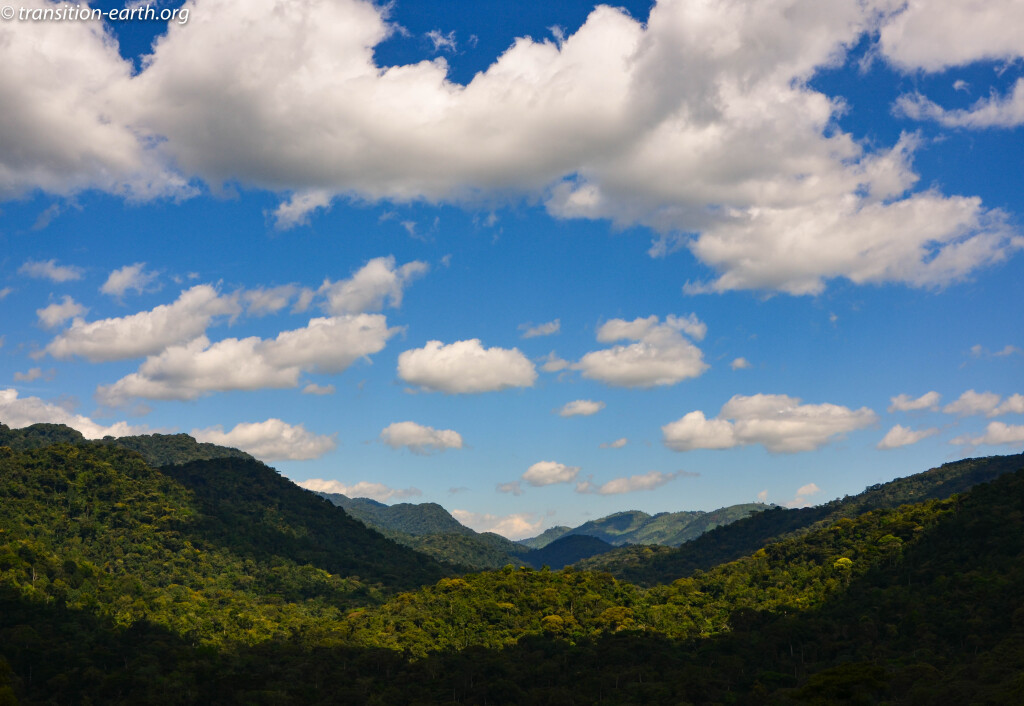Misguided Alarm Over Birth Decline
May 14th, 2021 | By admin | Category: Other ResourcesBy Suzanne York.
It’s truly amazing that, despite the crises facing humanity and the planet itself – much, if not all caused by human actions – so many are overly concerned that population growth is in decline in a number of countries.Recent U.S. Census Bureau numbers show that the U.S. population is in decline. Headlines like this one – U.S. Birthrate Fell By 4% In 2020, Hitting Another Record Low – all but shout out this fact. Alarm bells are ringing, but it’s mostly being rung by the media, economists and big business.
The Lay of the Land
The current population of the U.S. is 331.4 million.
To quote NPR, from the forementioned headline, “The U.S. total fertility rate, which estimates how many babies a hypothetical group of 1,000 women would have during their life based on data from a given year, remains far “below replacement” – meaning there wouldn’t be enough babies born for a generation to exactly replace itself.”
Last week, the population decline alarm was about the U.S. This week, it’s China that’s on the verge of a demographic and economic crisis. Yes, China, which is home to over 1 billion people.
To be sure, the U.S., China and many other countries will have to figure out how to support graying populations with a smaller workforce contributing to the social safety net. Immigration offers one path to alleviate this concern, but this is a political wedge issue and not an easy discussion in such fraught political times as this.
Other alternatives might sound just as challenging, but the truth is we have solutions on hand, and they are doable. People are living longer and can retire later. Interestingly, China is considering raising the retirement age to meet labor demands.
There are also other ways to devise economic systems that not based on perpetual growth, such as a steady state economy. The definition of such an economy, as put forth by the Center for a Steady State Economy (CASSE), is as follows:
A steady state economy is an economy of stable or mildly fluctuating size. The term typically refers to a national economy, but it can also be applied to a local, regional, or global economy. An economy can reach a steady state after a period of growth or after a period of downsizing or degrowth. To be sustainable, a steady state economy may not exceed ecological limits.
Humans Don’t Live in a Bubble
The reasons to act are clear. For example:
- Climate change – This year the world has already exceeded 420 parts per million (ppm) of CO2—the highest level in recorded history
- Biodiversity loss – Nearly 3 billion birds have been lost in the past 50 years
- Planetary boundaries – Humanity is already existing outside the safe operating space for at least four of the nine boundaries: climate change, biodiversity, land-system change, and biogeochemical flows
Despite this, there are some people who argue that the U.S. is a geographically big country and has room to accommodate a bigger population. But what about other species? And what about quality of life?
Surprisingly, The Washington Post addressed the idea that some people think declining population growth isn’t a bad thing:
Support for more rapid population growth is not universally held. Beyond conservative backing for reduced immigration, there are some environmentalists who say it is time to question the idea that growth is always good. “I think it’s important to point out that a slower rate of population growth is not necessarily a bad thing,” Brewster said. [Karin Brewster, a sociology professor at Florida State University] “Indeed, there are plenty of folks who will argue that slowing population growth, particularly in a high-consumption economy like the U.S., is a positive development, on balance.”
People Get What’s Really Going On
What is rather fascinating about the media coverage is the responses of average people commenting on the population alarmism. This is of course anecdotal and just a random sampling of comments, but numerous people addressed the fact that the world is facing enormous problems – finite resources, species extinction, habitat loss, water scarcity, pollution, collapsing ecosystems and so on – brought about by population growth (and, it should be noted, along with overconsumption and inequity). The first two comments below are in response to this article in the Washington Post, and the remaining three are comments posted on this podcast by the New York Times.
- The Earth does not need us to save itself. Earth will be fine without us. The planet will renovate and rejuvenate itself over and over long after we are gone. The earth’s survival is not in question, only humanity’s.
- One key thing is getting folk to understand that it is not “nature and us” and that we are a part of nature.
- Does someone seriously think we can keep growing forever? Has that someone sat down and looked coldly in the mirror, and had an honest moment with themselves?
- The entire episode downplays the urgent need to slow population growth, and the fact that women purposefully having fewer children is the most humane and frankly obvious way to meet this goal. A world where women have equal opportunity as men is an inherently more sustainable world. The closing message of “What are we going to do about it?” is obvious. We celebrate that we have figured out the answer to unsustainable population growth, that more women are able to create and live the lives they want, with or without children.
- Population decline is a noble goal not a problem. Of course we should have fewer people. The idea of growth at any cost is obsolete . The idea of fewer “Americans” vs. “ Chinese” is also obsolete , it’s not team sports , it’s a global population issue that no country “wins” . We all lose with more people than the fragile earth can support.
Living Within the Web of Life
What is really needed is to halt the tide of biodiversity loss through efforts such as rewilding, indigenous-led management of protected areas, and setting aside land for nature, which will help with coping with impacts from climate change. This can’t take place if the world’s population is increasing and consumption of natural resources continues to rise.
Later this year the United Nations Convention on Biological Diversity will take place in China. The United States, along with several other countries, are calling for setting aside 30 percent of the world’s land and oceans for nature by 2030 (the U.S. is also advocating for this type of initiative domestically). It remains to be seen if this will actually be implemented, and even if it is, make a big enough impact to reverse species loss. But it’s something, and we are running out of time.
There is solace in that there is an existing and growing awareness that we have exceeded the limits to growth. Extinction Rebellion and Sunrise Movement are just two examples of grassroots movements calling for change.
Joseph Chamie, former director of the UN Population Division, wrote an op-ed for The Hill, stating, “For America to deal effectively with climate change and many other critical environmental concerns, including biodiversity loss, deforestation, natural resource depletion, food production, pollution and congestion, requires a gradual transition to population stabilization.”
It’s time to sound the alarm, but on the real environmental and social crises facing the world, and not about population decline that can actually help alleviate the growing list of planetary emergencies. A lot of people get this, we just aren’t hearing their voices. But we will.
Suzanne York is Director of Transition Earth.

![[photo:"Sao Paulo Skyline" by Thomas Locke Hobbs is licensed under CC BY-SA 2.0]](http://populationgrowth.org/wp-content/uploads/2021/05/sao-paulo-300x200.jpg)

